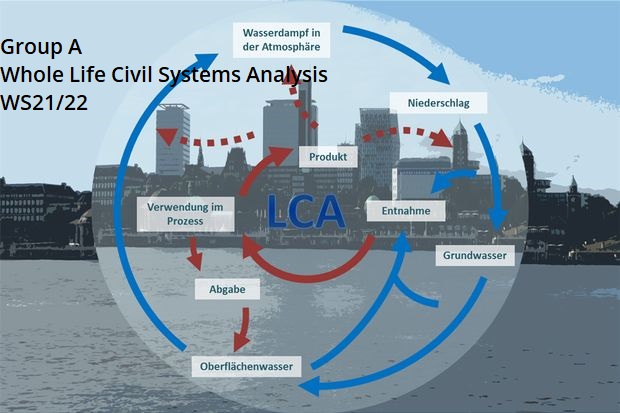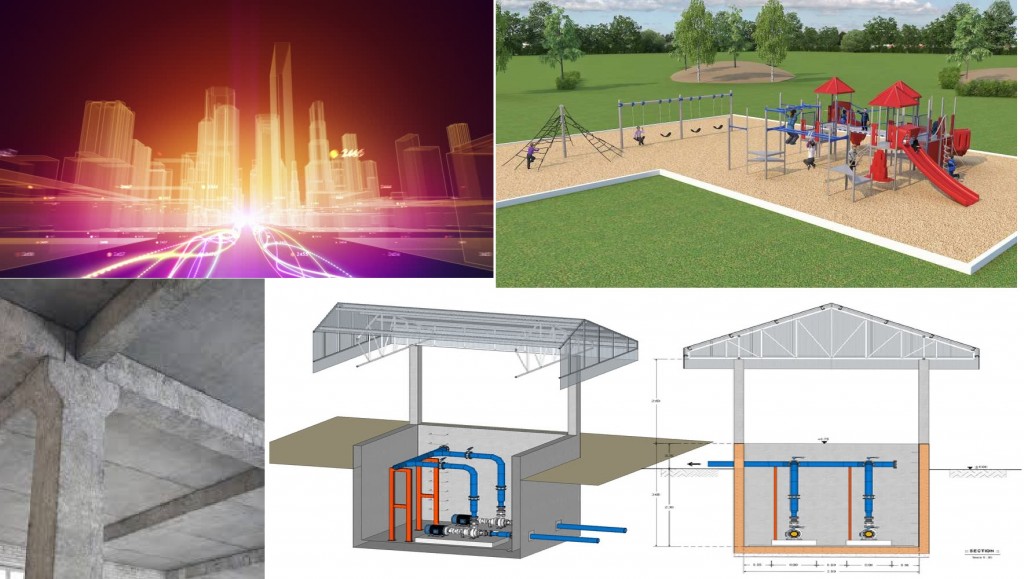Members of Group A:
1.Osama Al Hosain
2.Yuxiang He
3.Anas Saleh
4.Harisa Mahmutovic
Time to time, systems deteriorate due to different reasons. In order to provide safety and functionality of these systems, maintenance planning is crucial. But taking maintenance actions mean interrupting the service which is likely to be minimized. Furthermore, life cycle costs are increasing the more interventions are carried out. Therefore, finding a balance between deterioration and maintenance is one important goal in our engineering world.
To begin with, the individual systems are introduced and integrated into a holistic integration model taking into account the interaction between the system interfaces. Subsequently, the goal and scope of the integrated life-cycle analysis is developed. Different scenarios for maintenance strategies for the integrated system model are created by combining the individual maintenance plans. The scenarios are analyzed making use of pareto frontiers and ranked with the aim of minimizing the duration of and maximizing the distance between maintenance interventions. The results of an updated life-cycle analysis of the integrated model including the cost for maintenance and emissions are presented. A genetic algorithm is applied to the multi-objective optimization problem of maintenance planning in order to develop a holistic maintenance plan balancing the service level and life-cycle cost of the integrated system.
Overview of system components
- Sump pits structure
- Column and Slab Concrete of Building
- Fiber Optic Cable
- Playground area
In this project, different individual systems are integrated to one bigger system. An holistic integration model is, then, established. These subsystems have different relationships to each other wherefore the interactions need to be studied first regarding their connections and maintenance strategies. Then, different scenarios are analyzed by making use of Pareto Frontier. The focus of this goal is to simultaneously minimize the duration of interventions and maximize the distance between those interventions.
Table of Content
- 1. Integration context of the civil systems | Virtual City Model
- 2.Project Scope | Virtual City Model
- 3.Maintenance Strategies | Virtual City Model
- 4.Life Cycle Analysis | Virtual City Model
- 5.Multi-Objective Optimization | Virtual City Model

